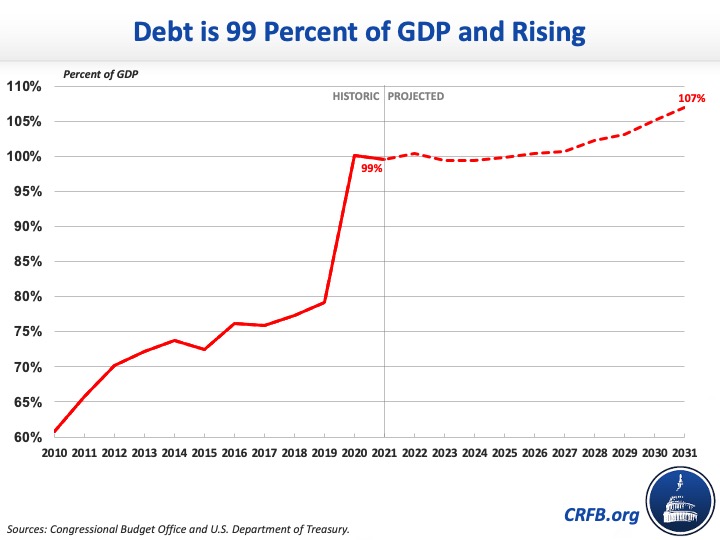In the midst of the holiday season, a cloud of economic discontent looms over the festivities. This traditionally joyous time of year, filled with gratitude and abundance, is now tinged with the stark realities of a nation grappling with a cost-of-living crisis.
Why did it happen? Well, we have the biggest spender to “thank” for it. The critics, such as those from the Heritage Foundation, point out the way the government handled the record budget deficit in 2020.

While it was originally intended to be a one-time remedy for the pandemic, the Biden administration’s decision to perpetuate multi-trillion-dollar deficits and resort to money printing has led to a cascade of economic challenges. A 40-year-high inflation rate, a banking crisis, and substantial losses in retirement plans all become the unsettling backdrop to the holiday season.
Zooming in on the impact on individual families, the cost of the Thanksgiving feast becomes a microcosm of the broader economic struggles. Turkey prices surged by 29 percent, prompting families to reconsider the centerpiece of their meals. Traditional delights such as mashed potatoes and stuffing have seen double-digit increases, while accompaniments such as rolls, cranberry sauce, and gravy demand an extra 26 percent.
The financial strain on millions of American families, already burdened by credit-card debt and multiple jobs, force them to make tough choices: trimming guest lists, preparing less food, or compromising on traditional favorites. In the face of these grim realities, Americans might find themselves not only contending with the rising costs on the dinner table but also pondering the broader implications of economic policies that seem to promise everything while taking away the joy of holidays.
As the nation enters the holiday season, the economic backdrop serves as a stark reminder that the impact of government decisions extends beyond policy debates, tearing the very fabric of our cherished traditions.
